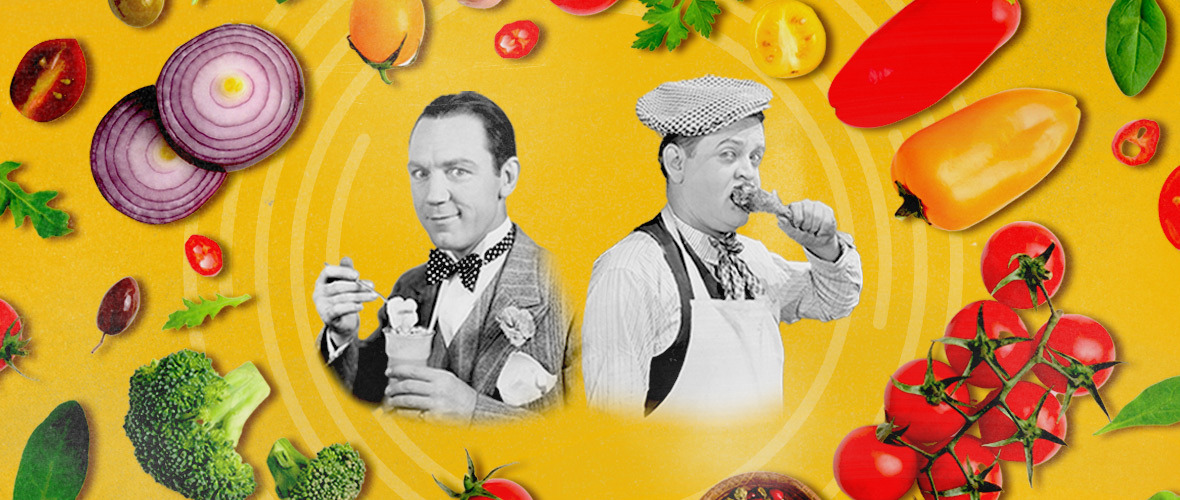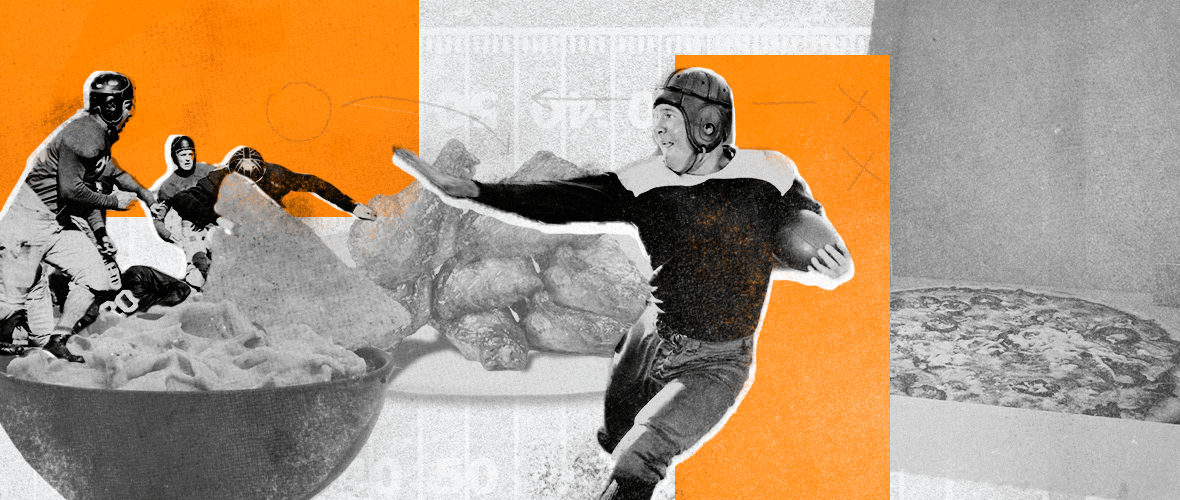How to Capture the Perfect Food Photo for your Brand
Dining is a visual-first sensory experience, so it’s only logical that your restaurant’s social media reflects that. Whether you’re a small taco truck, large restaurant franchise or a fine dining establishment, it’s important to keep your social media feeds consistent and curated.
Here are a few tips to elevate your brand’s social media photography and start raking in the Instagram engagement:
TIP #1: GO BACK TO BASICS: LIGHTING + COMPOSITION
Hard truth: Most restaurateurs probably don’t have an art degree. Not to worry – mastering a few basics will take your photography from drab to drool-worthy in no time.
- When shooting with a DSLR camera, using a lower f/stop will produce a softer focus with more portrait-style images. A higher f/stop, on the other hand, will produce a wider range of focal depth, with fully sharp and crisp images as the outcome. If you’re shooting with an iPhone, use built-in tools like Portrait Mode to make your device do the heavy lifting for you.
- When it comes to good food photography lighting, the proof is in the pudding. Pay attention to any cast shadows that are falling on top of the product you’re shooting, as this can create an issue with over or under exposure. Unwanted shadows can also draw the eye away from your plate, which is the last thing you want when shooting that melty cheese pull. To tweak your lighting and other factors for consistency during post-production, consider using a quick hack like a Photoshop or Lightroom preset filter.
- For the best results, utilize natural light by shooting in front of a bright window whenever possible. Senior Social Media Marketing Designer Maeve Gonder’s secret sauce? “Don’t underestimate cloudy days as a tool for natural lighting. Your exposure will be the brightest and the most even that it can be. Clouds are basically nature’s light-box.”
TIP #2 : MASTER THE ART OF THE FLAT LAY
Because restaurants and food bloggers alike love to show off their spread, flat lays are one of the most common ways for food to be photographed. To nail this overhead shot without the embarrassment of constantly climbing on chairs in a crowded restaurant, invest in an overhead tripod to anchor your phone or camera where you need it to go.
To encourage customer-generated content, a branding tip is to plan for decor or paint-jobs that pop when building your dining space. If you include eye-catching elements, you’re likely to find yourself tagged on Instagram.
While flat lays are important, it’s just as important to know when not to flat lay. Take inventory of what you’re photographing and adjust angles accordingly. For example, a whole pizza pie was made to shine in an overhead shot, but a drippy ice cream cone will likely look best from the side.
TIP #3 : STYLED FOOD = STYLED FEED
Be sure to style your food before shooting to give it the je ne sais quoi to really pop. Play around with surrounding accessories and different surface textures (fabrics, wood panels, etc.) to change the focus and aesthetic of your capture.
When making styling choices, be purposeful with your “mess.” If shooting savory items, sometimes an intentional little olive oil smear or crumb scatter can be a good thing, but pay attention to where they’re placed – this could be the difference between your composition looking energized, versus just plain messy.
MGH Art Director Ashley Brannock recommends keeping a few styling magic tricks in your back pocket to pull out in times of need:
- Spray a little hairspray on glass cups to appear like condensation.
- Mix corn syrup, shortening, and food coloring to substitute for ice cream so it doesn’t melt while shooting.
- Use paper towels as filler underneath the actual food to avoid wasting unnecessary products.
And a golden rule: if you plan to shoot with models, please make sure they prep their hands for their moment of fame – no chipped nails or dirt where it doesn’t belong.
TIP #4: CREATE A COHESIVE COLOR PALETTE
With food being so visual, it’s important to curate your feed to satisfy the eye. When creating a post, you should plan with your entire Instagram feed in mind, rather than just the single shot.
A major step to this is creating a color story and brand aesthetic to stick to. For example, will you carry the color elements of your logo through your photography, or maybe use the colors of your restaurant’s serveware as an anchor shade to build off of? If you’re a smoothie shop, you may want your vibe to come off as light and airy, while a hip dinner spot may prefer to keep things moody.
One of the best ways to keep things cohesive is by utilizing preset filters, as found on editing apps like VSCO or Adobe Lightroom. Within these apps, you can create your own recipes for the perfect edit, which you can then apply to any photo you upload. This way, even if the colors in your image aren’t always exact matches, your photo will marry into the overall feed through shared tonal elements (exposure, warmth, etc.)
To get your brand started on the right foot, our designers put together three Lightroom preset filters available for your download now.






